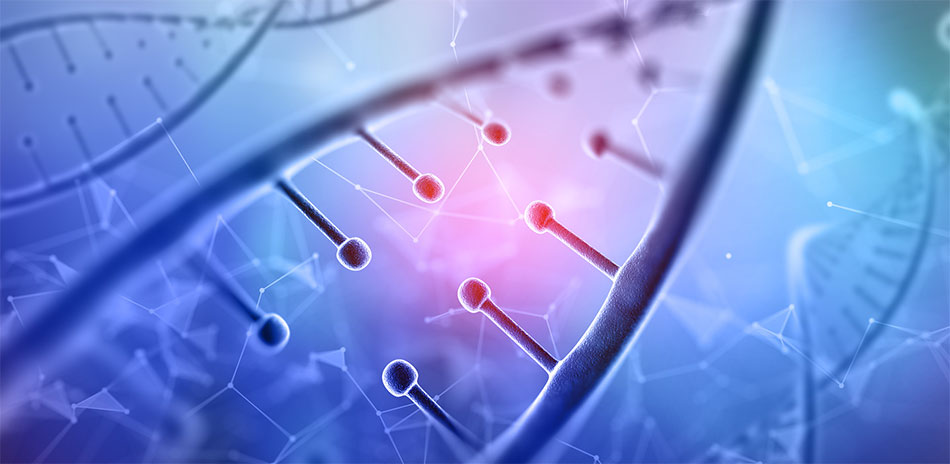Table of contents
WHAT IS CANCER?
Our body is made up of several types of cells which are the fundamental unit of life. These cells grow and in a well-controlled manner produce more cells as they are needed to keep the body healthy. As cells become older or damaged, they die and are replaced with new cells. However, due to certain reasons this normal condition is interrupted, which leads to an abnormal behaviour by the cells, typically in one part or organ of the body, where the cells continue to multiply and live beyond their lifespan. These are referred to as the “cancerous cells”.
The term “cancer” is used to describe a medical condition, where there is:
- Abnormal and uncontrolled multiplication of the body cells.
- Originating typically in one organ or part of the body.
- These mutant cells can migrate and invade other parts of the body through blood and lymph.
- Manifestation of the disease is often in the form of a tumour: a group of mutant cells that form a lump. Usually cancer of the blood and bone marrow such as leukaemia do not form tumours.
- Cancer can affect all living cells in the body, at all ages and in both genders.
- The cause is multi-factorial and the disease process differs at different sites.
Factors such as tobacco consumption, environmental exposures to carcinogens, certain infections as well as genetic predisposition also play an important role.
“Cancer” is not a single disease but it refers to a group of diseases which share similar characteristics. Doctors classify cancer on the basis of the tissue from where it originates. For example, the term “carcinoma” is used for the cancer that originates from the skin or in tissues that line or cover internal organs, and the term “leukaemia” is used for cancer that starts in the blood, forming tissue in the bone marrow and causes abnormal blood cells to be produced, which enter the blood.

HOW DOES CANCER START?
Cancer starts when the genetic material (DNA) of a cell becomes damaged or altered, producing changes known as mutations, which affect normal cell growth and division. It is not always clear as to what causes mutations.
Some mutations are inherited, some may be due to diet, and others might be caused by exposure to environmental factors, which are referred to as “carcinogens” such as some chemicals, tobacco, etc. When this occurs cells do not obey the normal life cycle, so the old/damaged cells do not die, but new ones are still formed leading to large number of cells not required by the body. These excess cells form a mass of tissue, which is called a “tumour”.
WHAT ARE BENIGN TUMOURS?
However, every tumour may not be cancerous. The medical terms to differentiate between a tumour and a cancerous tumour are “benign” and “malignant”.
A tumour that is not cancerous is referred to as ‘benign”.
A benign tumour:
- Can often be surgically removed.
- In most cases rarely there is a recurrence of the condition after surgery.
- Remains contained within its organ of genesis so do not invade/spread to other organs/part of the body.
WHAT IS CANCER STAGING?
Cells in cancer tumours can invade nearby tissues and spread to other parts of the body. Spread of a tumour to adjacent organs is called loco-regional invasion. Spread of cancer from one part of the body to another is called “metastasis”.
Most cancers are named after the organ or type of cell in which they originate. For example, cancer that begins in the stomach is called stomach cancer, and if originating from glands in the stomach is called adenocarcinoma of the stomach.
The extent of the growth of cells in the originating tissue and its invasion to nearby lymph nodes and spread to distant organs determines the seriousness, impact and treatment plan of the disease; this assessment is referred to as “staging” of the cancer.
HOW TO PREVENT CANCER?
Preventing cancer is easier than you may think. Through simple lifestyle changes, we can reduce our risk of developing many types of cancer.
- Avoid smoking or decide to quit. It is well known how bad cigarettes are for health. Smoking is the main cause of lung cancer. But smoking is also linked to various other types of cancer including cancer of the mouth, throat, larynx, pancreas, bladder, cervix and kidney. Smoking is the most significant risk factors for cancers that we can reduce.
- Eat fruits and vegetables. Fruits and vegetables are rich in antioxidants which help repair our damaged cells.
- Watch the meats you eat, especially smoked or processed meat. Research suggests that a diet high in animal fat can lead to the development of certain cancers. A diet high in smoked food, processed meat, salted fish, and pickled vegetables increases your risk factor for cancer.

- Practice sun safety and recognise when skin changes occur: Skin cancer is becoming more common, especially among young people. Wear sunscreen when outdoors, even if it is shady and try to avoid the outdoors during the sun’s peak time, which is 10am to 2pm. Knowing your skin’s moles and spots is essential. Any changes need to be reported to your doctor as soon as possible.
- Limit alcohol intake. Drinking excessive amounts of alcohol regularly increase your risk factor for cancer. Studies suggest that men who consume two alcoholic drinks per day and women who have one alcoholic drink per day significantly increase their risk factors for certain types of cancer, including cancer of the breast, colon, lung, kidney and liver.
- Maintain a healthy weight and be physically active. Being overweight greatly increases your risk factor for developing cancer. So, exercising to maintain or reaching your ideal weight is one the best defences against cancer.
- Know your personal and family history of cancer. Research tells us that some types of cancers can be genetic. Knowing your family history of cancer can help you make more informed decisions about your healthcare. It can also aid in genetic testing and counselling, to assist you in finding out if you carry a mutated gene that increases your risk factor for cancer.
- Know what chemicals you are being exposed to in your work environment. If you are exposed to fumes, dust, chemicals, etc. in the workplace, you have a right to know what you are being exposed to. Gasoline, diesel exhaust, arsenic, beryllium, vinyl chloride, nickel chromates, coal products, chloromethyl ethers are all carcinogens and can be found in some work environments. Talk to your employer about limiting exposure.
- Get vaccinated. Cancer prevention includes protection from certain viral infections. Talk to your doctor about vaccination against
- Hepatitis B: hepatitis B can increase the risk of developing liver cancer.
- Human papillomavirus (HPV): HPV is a sexually transmitted virus that can lead to cervical and other genital cancers as well as squamous cell cancers of the head and neck. The HPV vaccine is recommended for girls and boys ages 9 and 12.
- Do regular medical screenings. Screening tests are used for early detection of some of the more common cancers such as breast, cervical, colorectal, prostate, lung and nasopharyngeal cancers. FV Hospital offers many cancer screening programmes as well as check-ups.



